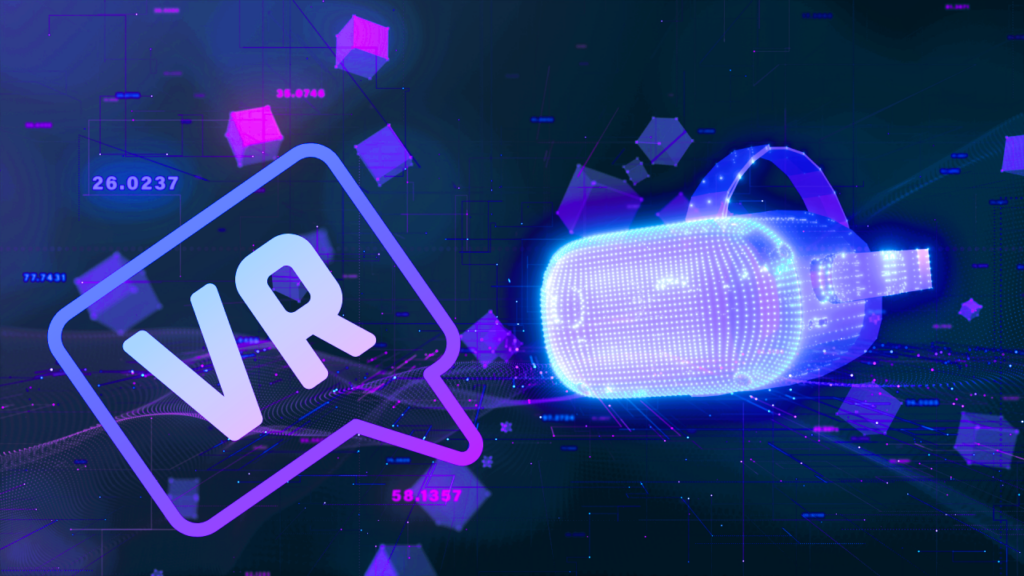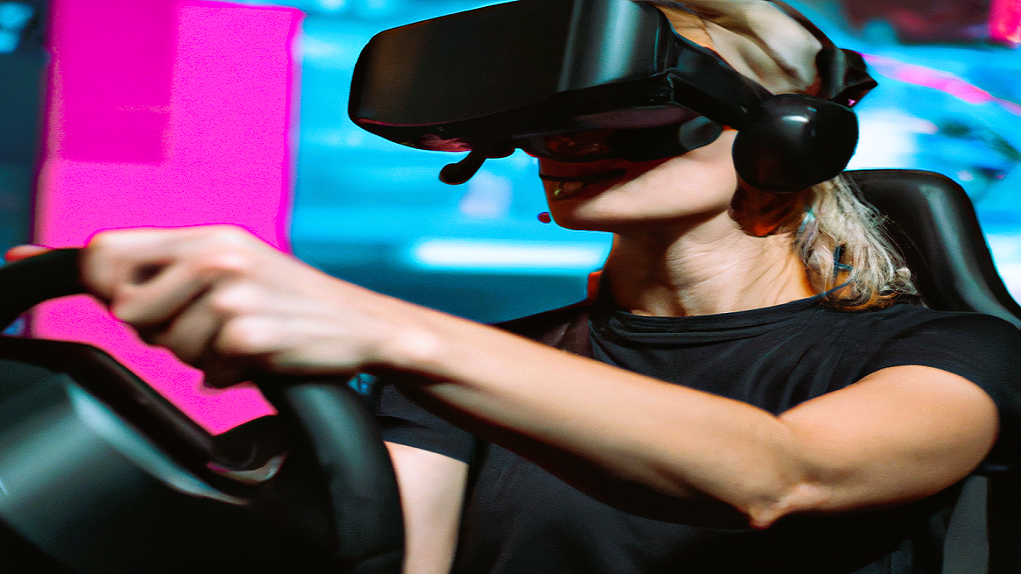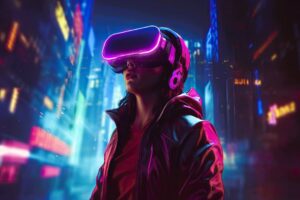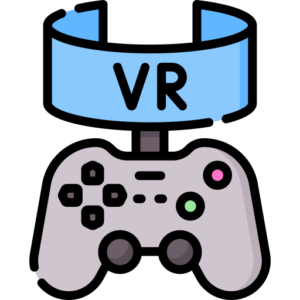Virtual Reality (VR) game development offers a unique set of challenges and opportunities for game developers. While the immersive nature of VR technology opens up exciting possibilities for gameplay and storytelling, it also presents technical, design, and user experience challenges that must be addressed. In this article, we’ll explore some of the key challenges faced by VR game developers and the innovative solutions they’ve implemented to overcome them.
The Promise of VR Game Development
VR technology has the potential to revolutionize the gaming industry by providing players with immersive, interactive experiences that transport them to new worlds and adventures. From exploring alien planets to battling zombies in post-apocalyptic landscapes, VR games offer a level of immersion and engagement that traditional games cannot match. However, developing VR games comes with its own set of unique challenges that developers must navigate to garry’s mod server hosting.
Technical Challenges

Performance Optimization
One of the primary technical challenges in VR game development is performance optimization. VR games require high frame rates and low latency to maintain a smooth and immersive experience. Achieving this level of performance can be challenging, especially on less powerful hardware platforms like mobile VR devices. Developers must carefully optimize their games to ensure they run smoothly on a variety of hardware configurations.
Motion Sickness
Motion sickness is another common technical challenge in VR game development. Some players experience discomfort or nausea when moving in virtual environments, especially if the movement is not synchronized with their physical movements. To mitigate this issue, developers employ various techniques such as teleportation-based movement, comfort settings, and reducing the intensity of motion effects.
Design Challenges
User Interface Design
Designing user interfaces for VR games presents unique challenges due to the immersive nature of the medium. Traditional 2D interfaces may not translate well to VR, as they can break immersion and disrupt the player’s sense of presence. VR game developers must design intuitive and user-friendly interfaces that work seamlessly within the virtual environment, taking into account factors such as depth perception, hand tracking, and spatial audio. Find out about the impact of VR games on mental health and well-being in our article.
Interaction Design
Interaction design is another key consideration in VR game development. Unlike traditional games where players interact using a controller or keyboard, VR games allow players to use their hands, gestures, and body movements to interact with the virtual world. This opens up new possibilities for gameplay mechanics and immersive experiences, but it also requires careful design to ensure that interactions feel natural and intuitive.
User Experience Challenges
Comfort and Accessibility
Ensuring player comfort and accessibility is essential in VR game development. Some players may experience discomfort or physical strain during prolonged VR sessions, so developers must design games with comfort in mind. This includes providing options for seated gameplay, implementing comfort settings, and offering alternative locomotion options for players who are sensitive to motion sickness.
Accessibility

Accessibility is another important consideration in VR game development. Developers must ensure that their games are accessible to players with disabilities, including those with mobility, vision, or hearing impairments. This may involve providing customizable control schemes, audiovisual cues, and subtitles, as well as designing levels and gameplay mechanics that accommodate a range of abilities.
Innovative Solutions
Despite the challenges, VR game developers have implemented innovative solutions to create compelling and immersive experiences for players. These solutions include:
- Dynamic Level of Detail (LOD) Scaling: Dynamically adjusting the level of detail in the game world based on the player’s proximity to objects can help optimize performance without sacrificing visual fidelity.
- Comfort Mode Options: Offering players the ability to customize comfort settings such as field of view, movement speed, and camera rotation can help reduce motion sickness and improve player comfort.
- Gesture Recognition: Implementing gesture recognition technology allows players to interact with the virtual world using natural hand movements and gestures, enhancing immersion and gameplay.
VR game development presents a unique set of challenges and opportunities for game developers. From technical optimization and design considerations to user experience and accessibility, developers must navigate a range of factors to create compelling and immersive VR experiences. By implementing innovative solutions and embracing the possibilities of VR technology, developers can create games that push the boundaries of interactive entertainment and provide players with unforgettable experiences.
For more information on VR game development, visit Wikipedia.


